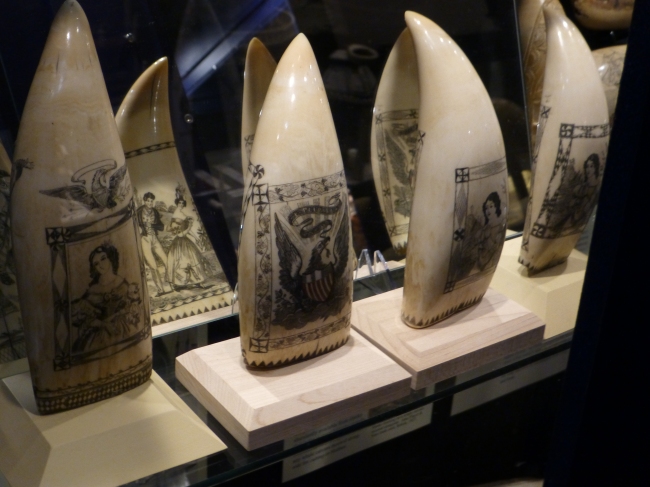
“The Navigator” Clifford Warren Ashley, 1909, Oil on Canvas
I loved this piece the moment I lay eyes on it. Particularly the coal in his pipe jumped out at me, it seemed almost lit. And you can feel the roll of the ship, with the tilt of the barometer and the birdcage above.
Looking closer, a calendar in the background (which cannot be read in the photo), marks the 25th of December. The choice of that date (Christmas Day for Christians, and many other people) is certainly deliberate. That date conjures images of family, home, warm fires, feasting and merriment… Far from the subject of the painting.
The navigator himself is presumably out of New England, so the inclusion of a parrot, and the man’s lack of warm clothing implies he is far from home.
The quality of the lighting, the reflective, unfocused, look of the navigator who is pausing from work to take a whiffle on his pipe, and even the fact that the parrot is asleep give the painting a feeling of wistfulness, homesickness even ennui.
It really speaks to me very much.
What follows is all kinds of scrimshaw; the New Bedford Whaling Museum claims to have the largest collection in the world and I thoroughly enjoyed it. Wandering through the exhibit I tried to find good examples of each kind of work, to display the different things sailors did with whale bone. Most pieces were not dedicated to a specific artist. (Such is the sailor’s lot, I suppose.) But it seemed to me, that nearly all pieces were carved in the first half of the 19th century.
Enjoy!
A number of pieces from an artist nicknamed the “Eagle Portraitist”, otherwise anonymous. Circa 1835. Double sided sperm whale teeth ~9″ tall (the pieces in back are actually reflections from a mirror placed behind the teeth).

